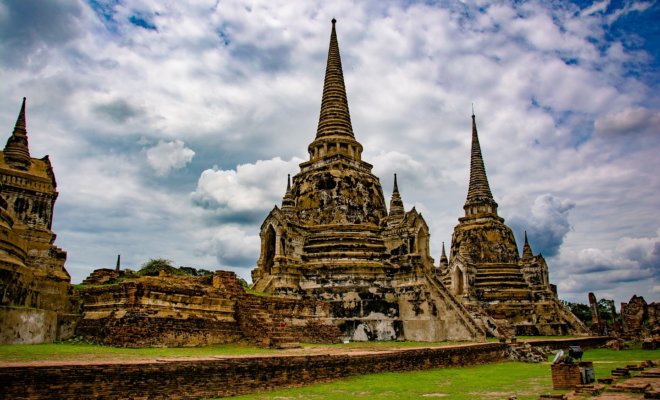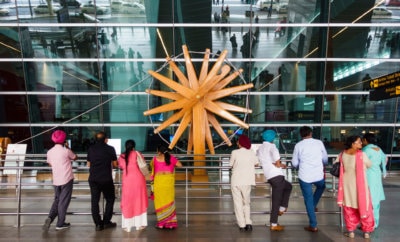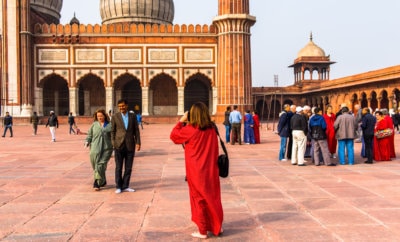Business
Foreign Destinations Woo Footloose Indians

Thailand
Photo: Creative Commons
Indians were the fifth largest group of travelers in 2017 to Thailand.
Countries from across the world are eyeing to increase tourism from India in the next few years. They are trying to attract families, only women travelers and even first-time travelers, which is a sound strategy to grab the attention of the millennial traveler that spends more than seniors.
According to a study by travel company ixigo, 22 per cent seniors, aged over 55, spent over Rs 6,000 per night for their most significant trip during the year whereas 34 per cent of the millennials, in the age group of 25-30 years, spent this much or more.
“Millennials are changing the way Indians travel. Travel apps, coupled with rising smartphone penetration, has brought about a marked evolution in traveler’s behavior. In 2017, Indian travelers on an average spent Rs. 1.5 lakh on their travel and took three leisure trips across the year,” ixigo CEO Aloke Bajpai said in a statement.
According to the study, more and more millennial travelers are ditching the hotel for non-hotel options like bungalows. Indian millennials are also using holidays to not travel alone but to spend more time with loved ones.
According to a report by Expedia in 2017, 50 per cent of the Indian millennials prefer to travel to spend quality time with family, 42 per cent travel with a partner, 37 per cent with friends, 20 per cent with children and only 7 per cent alone. As many as 50 per cent of them travel to get away from work while 46 per cent travel to bust stress.
In light of the fast-moving Indian traveler, foreign destinations are attracting visitors from the country that is going to be the youngest nation in four years, with the average age being 29 years.
Thailand wants a 10 per cent increase in arrivals from the Indian market in 2018, it said in a statement on Feb.8, while Mexico wants more than 200,000 Indian travelers to visit by 2022. Both destinations, located in opposite directions from India, are known for their exotic beauty.
Thailand is focusing on families, first-time travelers and women travelers, for whom it is offering a huge range of activities, special deals, discounts and privileges. For women, Thailand offers shopping centers and women-journey application to check tourism destinations.
Apart from travel for leisure, Thailand is also promoting the country for the meetings, incentives, conferencing, exhibitions (MICE) segment. More than 1.4 million Indian travelers went to Thailand in 2017.
Meanwhile, by country of origin, the number of visitors from India to Mexico in 2016 was 22,431 while 64,000 Indian visitors, as identified by nationality, visited the same year. Mexico wants to capture 4 per cent of outbound tourists from India, a number that is set to rise to 19.4 million by 2025.
“We are happy that over the years, we are seeing a steady growth in Indian tourists to and are confident that this trend will continue. We are delighted in targeting the outbound tourists from India by focusing on the vibrant, multi-faceted experiences that keep visitors coming back to Mexico and its hundreds of destinations, time and again,” Mexican ambassador Melba Pria said.
Abu Dhabi and Malaysia also want more tourism from India. In 2017, 350,000 Indians visited Abu Dhabi and they expect more travelers after adding the Louvre Museum. Abu Dhabi has tied up with tourism marketplace GoFro to increase tourism from India.
Malaysia too seeks to increase Indian travelers by at least one million visitors per year by 2020. There had been a slowdown recently due to closure of indoor and outdoor theme parks, but they are set to open soon and are a good attraction for families.
The increased outbound tourism can be attributed to ease in obtaining a passport and visa as well as more people having disposable incomes. Indian millennials are also more likely to not focus on owning cars and houses and instead spend on having a better lifestyle and emotional health, according to a 2017 Deloitte millennials survey.




You must be logged in to post a comment Login